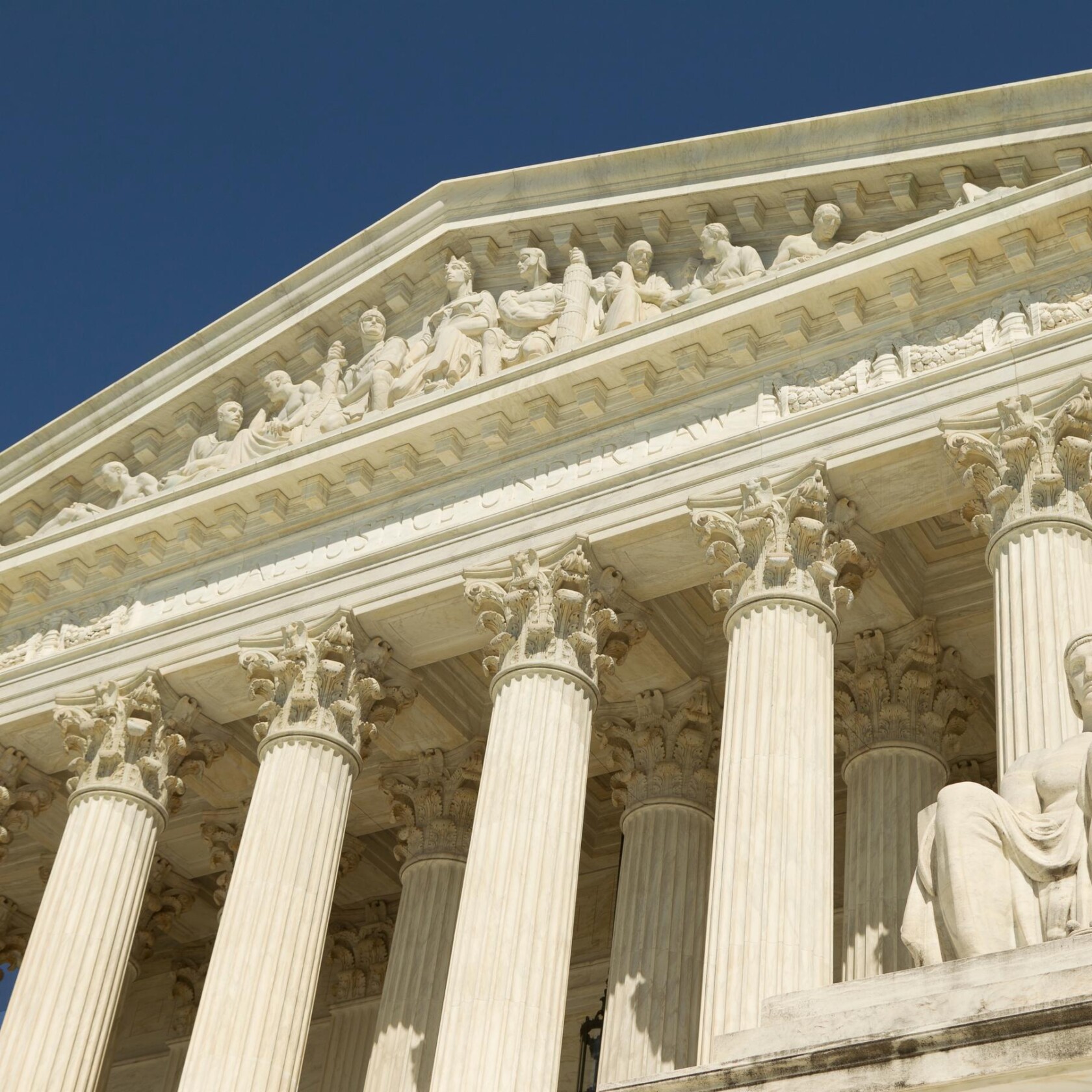
The decision earlier this month in the case of Halo v Pulse, will give owners of US patents a greater likelihood of being awarded enhanced damages. This will raise the value of patents – and increase the incentive to sue for infringement.
In a rare decision raising the value of US patents, the Supreme Court has made it easier for courts to increase damages awarded to a patent owner who has won a patent infringement lawsuit.
The case, Halo Electronics v. Pulse Electronics overrides the principles that previously were applied when deciding the level of damages awarded in infringement cases.
Normally a patent owner who wins an infringement case is awarded damage to compensate for the infringer having used the patented invention. For example, the infringer may be ordered to pay a reasonable royalty, or lost profits, as damages to the patent owner.
If the infringer behaved particularly badly, for example by willfully infringing the patent or engaging in egregious conduct – described in the law as “wanton, malicious, bad-faith, deliberate, consciously wrongful, flagrant, or (indeed) characteristic of a pirate”, a court may award enhanced damages of up to three times the calculated actual loss.
Triple damages can yield eye-popping awards to patent owners, given that calculated damages in some cases reach hundreds of millions of US dollars. It should be no surprise therefore that patent owners routinely request enhanced damages when suing for infringement. By making triple damages easier for a patent owner to achieve, Halo tangibly increases the value of US patents.
Two-part test
In the Halo v. Pulse decision, the Supreme Court struck down a two-part test that the lower court of the Federal Circuit had adopted for enhanced damages awards.
Under the Federal Circuit’s two-part test established in its 2007 Seagate decision, a patent owner had to show first that there was an objectively high likelihood that the infringer’s actions infringed, and second that the infringer knew or should have known of the infringement risk.
The Supreme Court rejected the Seagate test. Among other reasons, the Court rejected the “objective recklessness” first prong of the Seagate test because an infringer could too easily conjure up non-infringement and invalidity defenses, which would show that the objective risk of infringement was not high.
Because the objective risk was evaluated without considering the infringer’s actual state of mind, one could deny “objective recklessness” by pointing to substantial reasons why the patent might be invalid or not infringed, even if the infringer did not act on the basis of any of those defenses at the time of infringement.
In comments somewhat flattering to patent litigators, the Supreme Court said this could result in, “insulating some of the worst patent infringers from any liability for enhanced damages” because “someone who plunders a patent [could] escape any comeuppance … solely on the strength of his attorney’s ingenuity.”
Instead, the Supreme Court held that the trial courts should have more flexibility in using discretion to decide on a case-by-case basis whether to award enhanced damages. Such “discretionary” decisions are difficult to overturn on appeal, because the standard of review on appeal is quite high.
Historical context
The Supreme Court included interesting historical context to its decision. Under the Patent Act of 1793, enacted shortly after the United States of America was formed, triple damages was the required penalty for patent infringement. This changed over 40 years later under the Patent Act of 1836, which made enhanced damages a discretionary award. In enacting this change at the time, Congress drew an analogy to non-patent property rights, which did not involve mandatory triple damages.
In deciding the Halo case, the Supreme Court reasoned that the simple language of the statute in its current form – which states the court may increase the damages up to three times the amount found or assessed – and applicable Supreme Court cases, did not support the Federal Circuit’s “unduly rigid” Seagate test.
The Supreme Court did also consider whether its decision would unfairly strengthen the position of patent trolls, defined by the Court as, “entities that hold patents for the primary purpose of enforcing them against alleged infringers, often exacting outsized licensing fees on threat of litigation.”
The Supreme Court dismissed this concern, however, stating that the trial court’s discretion to award enhanced damages is limited to, “egregious cases of misconduct beyond typical infringement” and should not apply to, “garden-variety cases.”
Although people often disagree about what makes an entity a troll, enhanced damages are unlikely in a typical troll case, in which a company is accused of infringing a patent it was previously unaware even existed.
As a result of the Halo decision, patent owners of U.S. patents may expect a greater likelihood of obtaining enhanced damages awards. This would increase the value of patents and raise the incentive to sue for infringement.
This article originally appeared at: http://www.sciencebusiness.net
